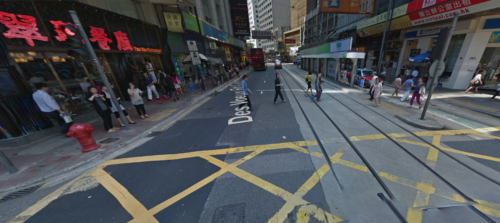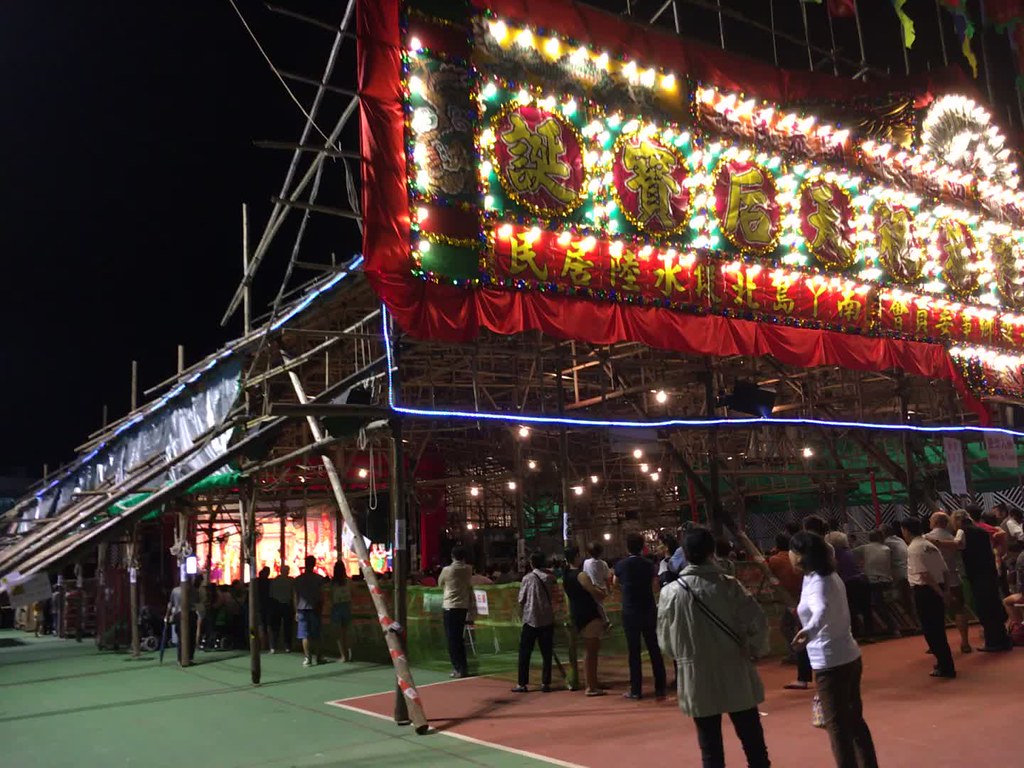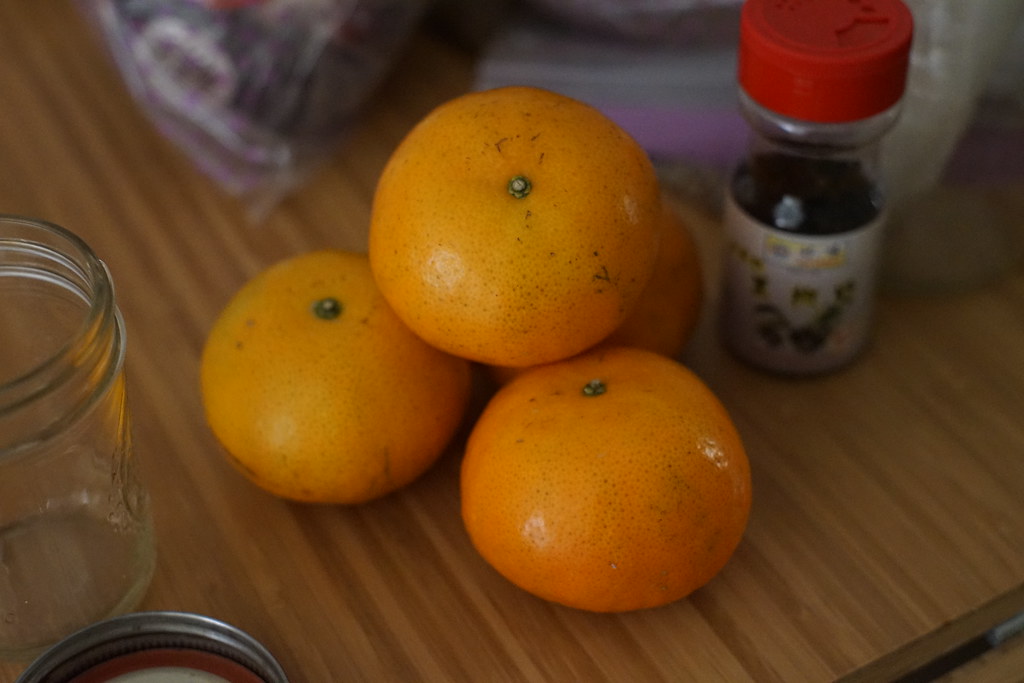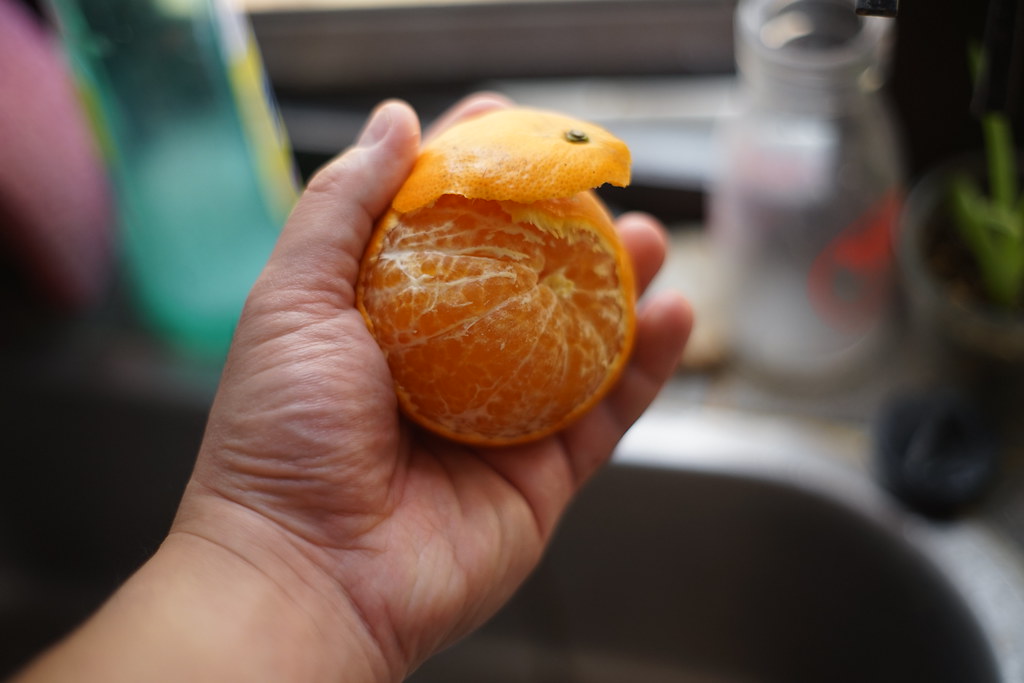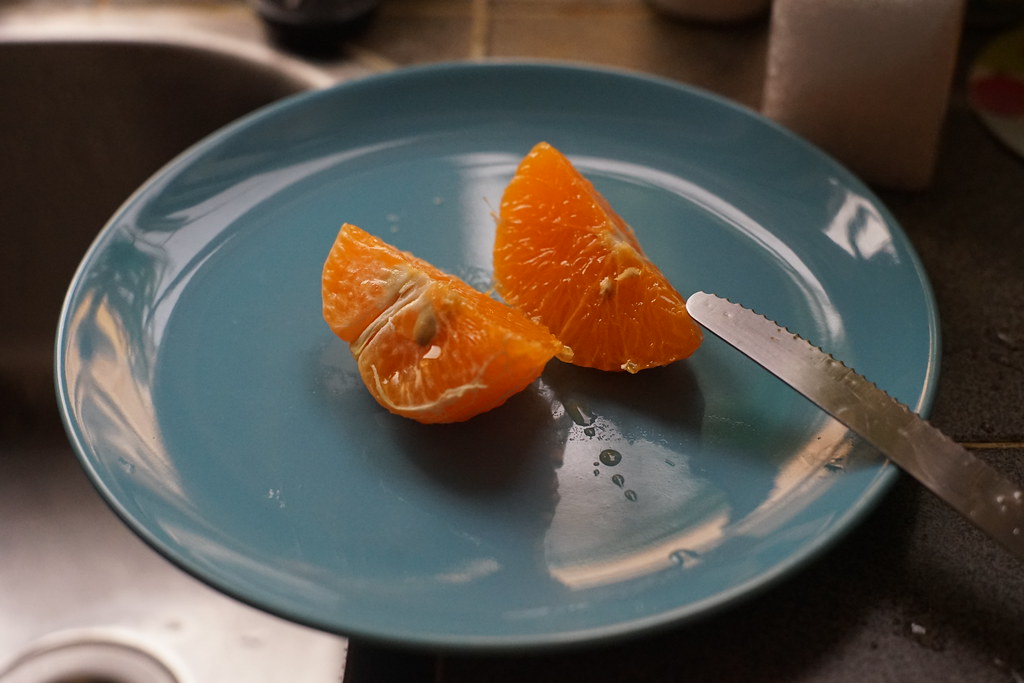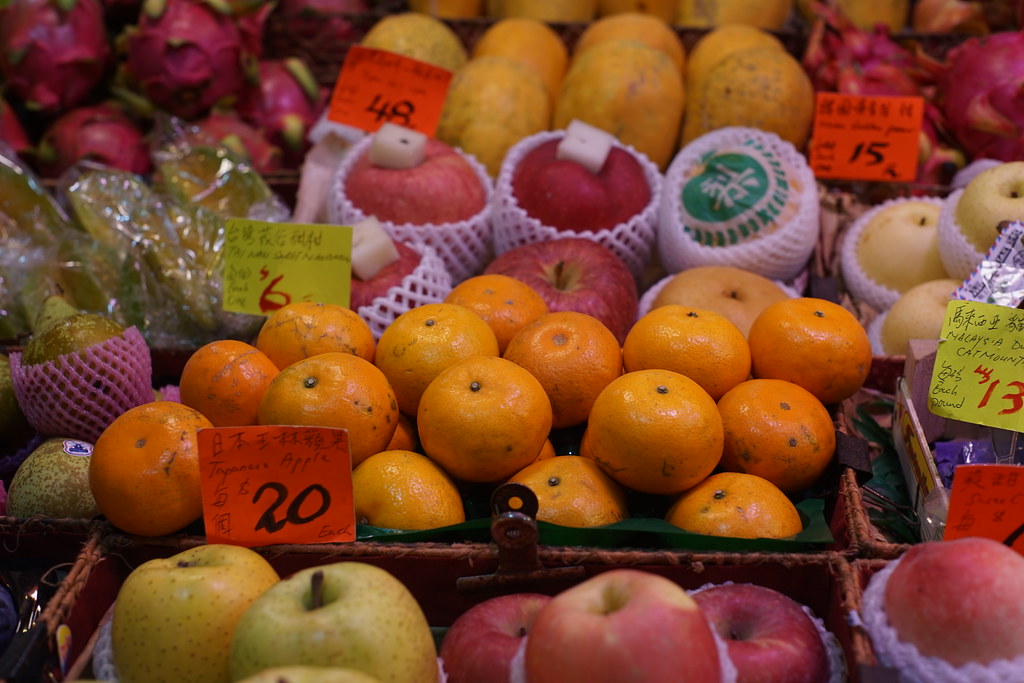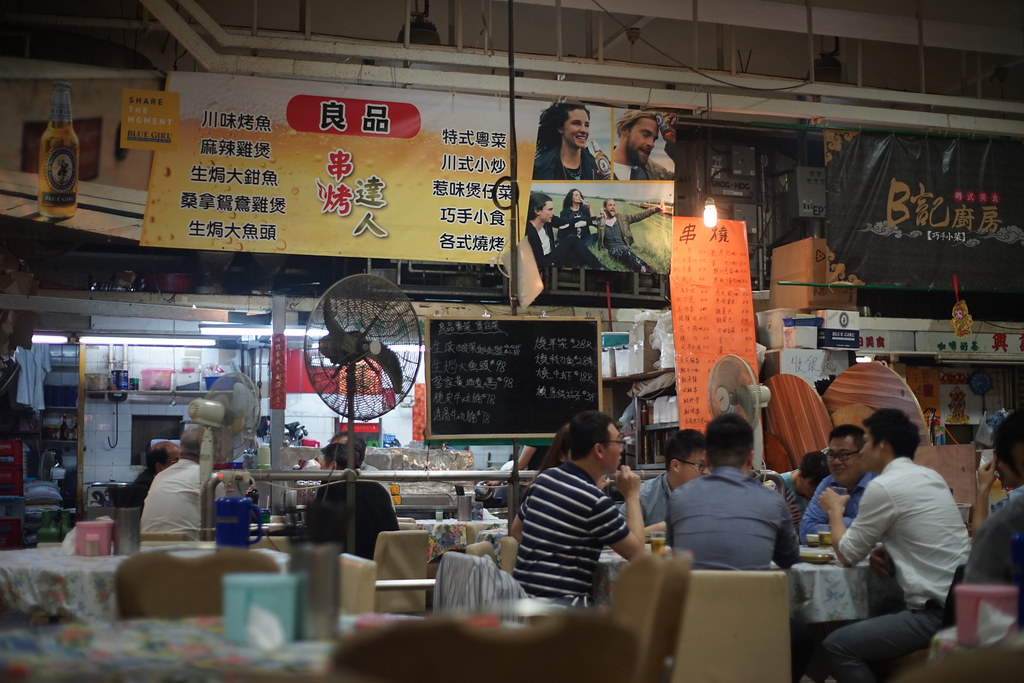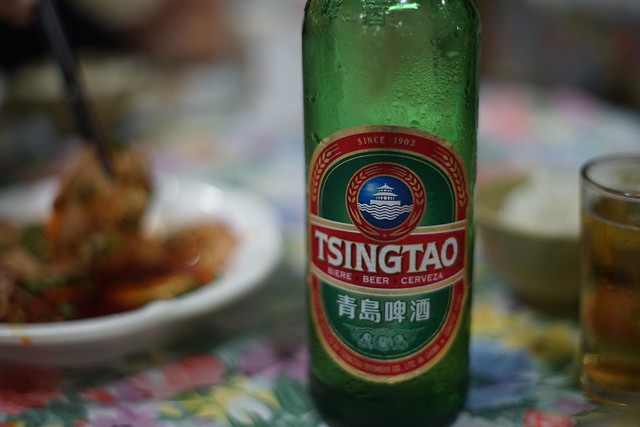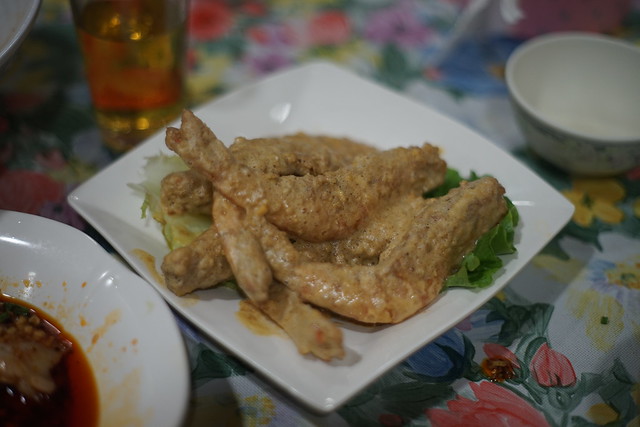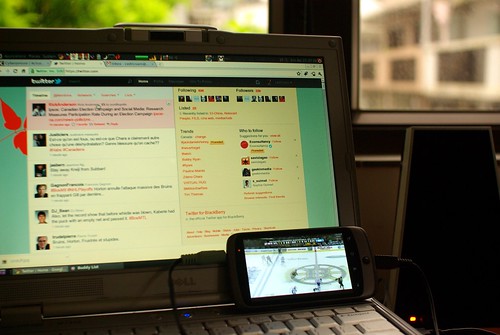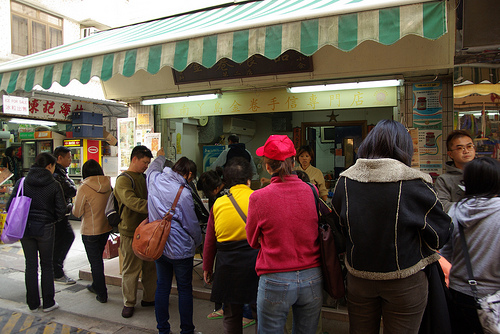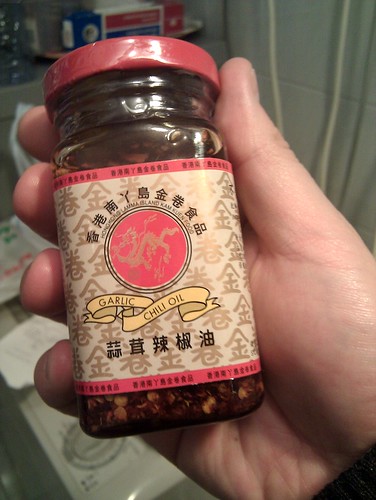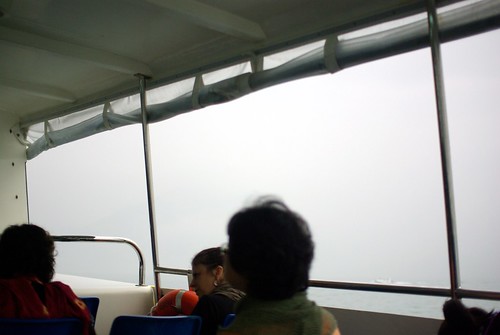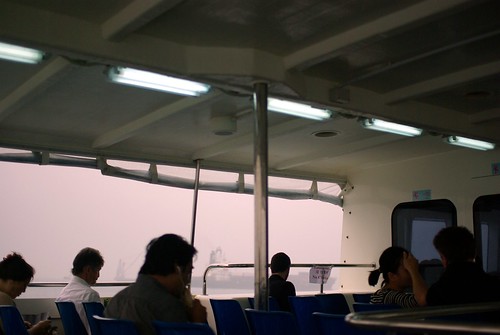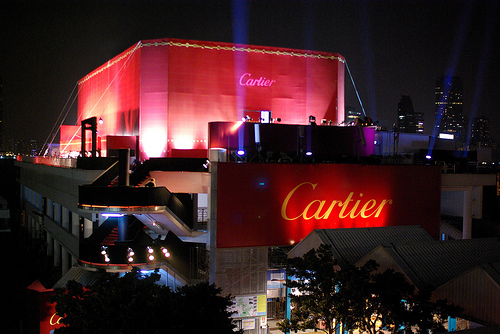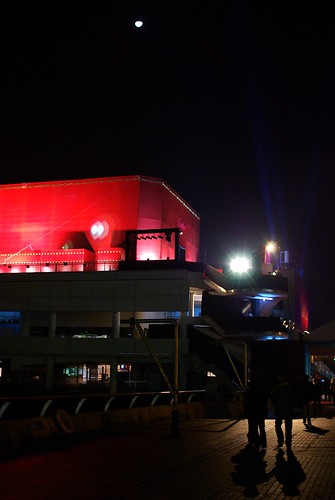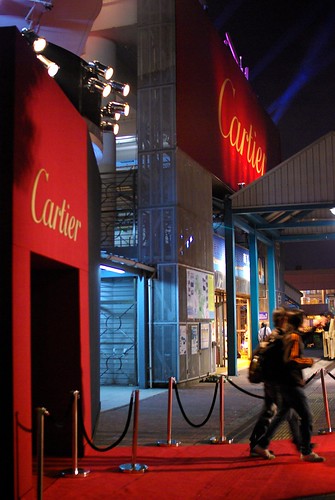C’est avec beaucoup de bruit que sera lancé Être chinois au Québec demain soir. J’ai hâte que ça sorte (même si je n’y serai pas physiquement), parce que ça marque une étape très importante pour la communauté chinois (ou les communautés, au pluriel) dans la sphère publique au Québec. Je crois que William Dere, celui … Continue reading “« Être chinois au Québec », ou être entre plusieurs mondes”
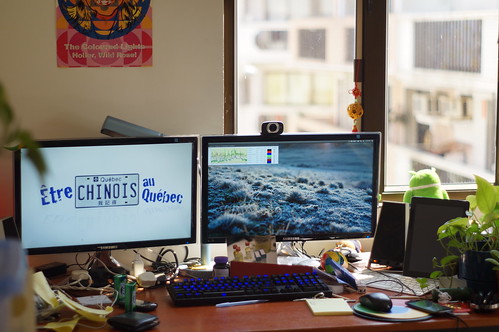
C’est avec beaucoup de bruit que sera lancé Être chinois au Québec demain soir. J’ai hâte que ça sorte (même si je n’y serai pas physiquement), parce que ça marque une étape très importante pour la communauté chinois (ou les communautés, au pluriel) dans la sphère publique au Québec.
Je crois que William Dere, celui qui a lutté pour la génération des « Chinois du chemin de fer » sera le plus heureux du lancement de ce film co-réalisé avec Malcolm Guy, collaborateur de longue date et réalisateur et producteur de films à connotation sociale au Québec. Il y a beaucoup de gens qui ont travaillé sur ce film, ou qui apparaissent devant la caméra, qui ont des opinions passionnées sur le fait chinois au Québec.
J’apparais une fois dans le film, lors de la table ronde, et je dis essentiellement ce que je répète sur ce blogue depuis plus de cinq ans : si vous voulez intégrer les sino-québécois, il faut embaucher des sino-québécois dans nos institutions et il faut leur donner de la visibilité dans les médias et la sphère publique. À la télé et dans la culture populaire, on ne veut pas des rôles stéréotypes conçus pour la majorité, style la petite fille chinoise adoptée ou le tenancier de dépanneur. On veut des rôles personnes normales et entières.
Comme je suis dans le domaine des médias (comme journaliste de données / créateur d’applications interactives), je peux vous dire immédiatement que ça ne parait pas que Montréal est une ville multiculturelle si je restais entre quatre murs de mon lieu de travail. Parce que j’ai travaillé à Radio-Canada et à La Presse, et les salles de nouvelles sont blanches, canadiennes-françaises (c’est déjà un peu mieux derrière la caméra ou le panneau d’admin des sites Web). Les collègues sont gentils (et que j’adore réciproquement), accueillants et ne vous traitent pas différemment, mais c’est juste aberrant quand tu portes attention aux bylines ou que lis le générique du TJ. Ceux avec qui j’ai travaillé qui me connaissent en ont probablement déjà discuté avec moi de ça.
Je partage les références culturelles québécoises (je pourrais rire des jokes d’un Bye Bye), et je ne pense pas être le seul qui soit qualifié, par ma connaissance implicite de la culture locale, pour pouvoir travailler dans un média francophone sans avoir à bénéficier de politique de discrimination positive. Pourquoi ne faites-vous pas un effort pour mettre des gens de couleur devant la caméra, le micro ou le clavier à des postes de pointe ? Avez-vous regardé ou écouté CBC dernièrement ?
***
Celà dit, je vis à Hong Kong depuis trois ans et demie, et la réalité québécoise, je la vis maintenant à distance, à travers ce que je lis sur LaPresse.ca ou ce que j’écoute sur Bandeapart.fm. Je continue de suivre les choses, mais ma vie de tous les jours c’est Hong Kong, dans la rue et au travail.
C’est une expérience bizarre que d’être dans la majorité visible. Je ne parle pas assez cantonnais pour fonctionner comme un adulte, mais je suis de la « bonne couleur ». On ne me regarde pas croche, comme on regarde croche les Mainlanders ou les gens plus foncés… Ça te met dans la peau de ceux, dans ton pays d’origine (le Québec, dans cet usage), qui sont la majorité. T’as des attitudes différentes, pour ne pas dire ethnocentriques, et tu perçois l’autre différemment. Les questions que j’avais sur mon identité culturelle (comme « C’est où chez toi ? ») ont maintenant plusieurs notes de bas de page supplémentaires (sans qu’il n’y ait réponse).
L’autre bizzareté, que j’avais vécu à plus petite échelle lors de voyages en Chine, c’est la valorisation que je mets sur mon identité purement québécoise, dans le sens « canadienne-française » du terme. Avec une autre Sino-montréalaise rencontrée récemment, on s’identifiait « Canadiens-français », avec un LOL à la fin de la phrase. Mais en fait, je regarde tout ce que je consomme comme culture, et y’a vraiment quelque chose de « canadien-français » : le dernier film vu au cinéma fût le Dolan crû 2012, et pis mon band favori ces jours-ci c’est Avec pas d’casque. C’est vrai qu’il y a quelque chose comme de la fierté nationale et identitaire lorsque je porte mon chandail bleu-blanc-rouge au milieu d’un bar rempli de fan des Canucks.
C’est vrai que des amis m’ont déjà traité de nationaliste pur et dur (je paraphrase) lorsque je me pointe la bine sur Facebook avec un drapeau du Québec bien déplié. C’est peut-être un peu beaucoup. Comme la fois que mon prof d’histoire de secondaire souverainiste ne croyait à ce que je disais lors d’un débat sur les élections référendaires. Je crois que je peux comprendre le fait francophone en Amérique du Nord et que je peux l’expliquer à des Canadiens-anglais d’origine chinoise qui parsèment Hong Kong comme la neige sur une pelouse québécoise en février. Ça me touche, et je ne peux pas l’ignorer même si je suis à l’autre bout du monde.
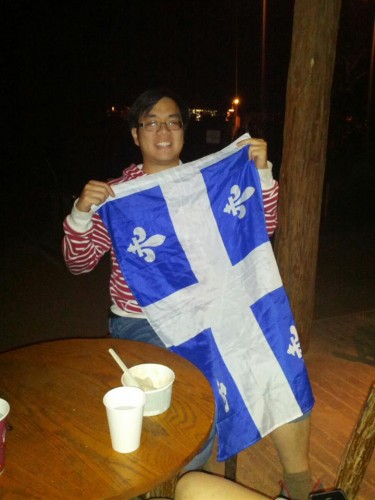
***
Celà dit, même mes parents ne sont pas nés en Chine. C’est mes grands-parents qui le sont. Et eux aussi, ils apprécient leur pays de transition, soit le Madagascar (pour le côté à mon père) et le Viet-Nam (pour le côté à ma mère). Mais le point commun de leur rencontre, c’est la Chine, ou bedon le Québec, ou encore Hong Kong (selon ce qu’ils regardent ces jours-ci, je dirais Hong Kong, mais selon le genre de pain que ma mère achète, je te dirais le Québec et la bonne chère à la française).
Ça ne finira pas et je pourrais en parler longtemps. J’en parle à des amis de partout ici à Hong Kong, et parfois ils comprennent, et parfois non. Tu peux pas non plus le coller sur la chemise tout le temps, parce que ça hurle nationalisme, et Hong Kong a assez de problèmes identitaires comme ça.
Ce problème identitaire à Hong Kong se réglera par inter-mariage. En 2005, une publication du bureau du recensement et de la statistique de Hong Kong indiquait que 16 800 futures mariées de Chine continentale traversaient la frontière pour marier un homme Hongkongais. C’est sans compter ceux qui immigrent déjà par d’autres voies que le mariage et qui finissent par se marier localement (Hong Kong a connu des vagues plus ou moins grandes d’immigration continentale lors de son histoire). Mon père le disait, pis mon petit doigt aussi, que les liens du sang font et défont l’identité.
Je n’ai pas de réponse, mais Être Chinois au Québec, c’est ce que t’en fais finalement. La sagesse commune dit que c’est une richesse. Pour moi, c’est comme de la salade au buffet.
